Nature is amazing! When left to manage itself, natural processes begin to function more effectively. Such processes include natural grazing, the roles of predators and scavengers, and natural disturbance events, like flooding.
Natural processes
When nature is working properly, it provides us with an abundance of clean air, fresh water, carbon storage and flood prevention. It offers us everything from fuel and food to medicine and building materials.
And when we say ‘working properly’ we mean nature which is free to work undisturbed in all its breathtaking and beautiful complexity. In such an environment, natural processes are driven by species doing what they have evolved to do over millennia. For example, a wolf’s activity helps bring back trees, trees maintain the health of rivers, and natural grazing helps thousands of species thrive in healthy grasslands.
While we may conduct research and analysis, we can never fully understand the vast, intricate workings of nature. We can observe though. And we can appreciate that nature is the best manager of natural processes.
Our approach
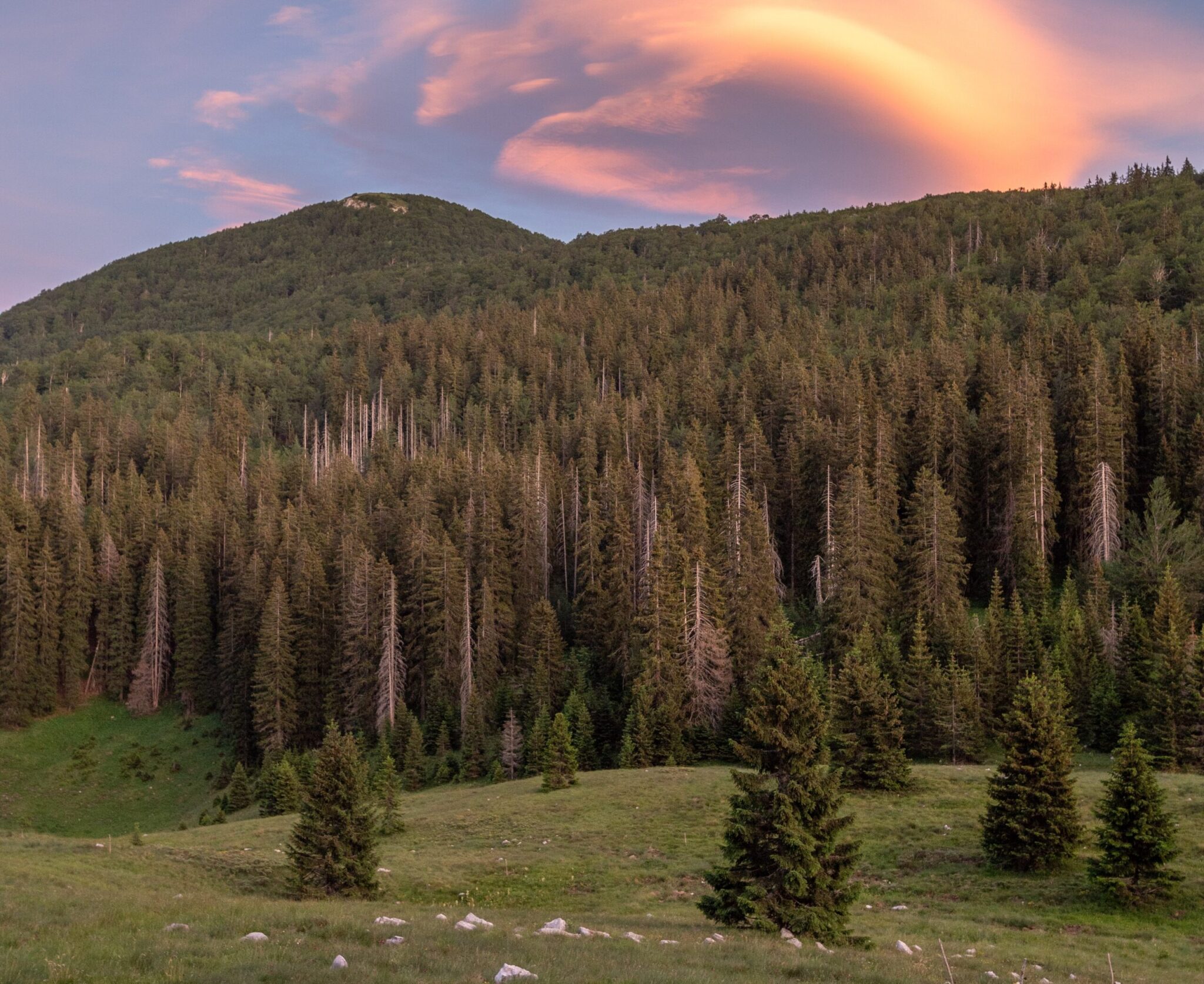
Functional landscapes
Natural processes play a vital role in shaping landscapes and ecosystems. Such natural processes include flooding, weather conditions, natural disasters, natural grazing, predation and scavenging.
We are creating space for natural processes like free-flowing rivers, herbivory and carnivory to impact ecosystems. Across the continent, the interaction of these processes is leading to constantly evolving landscapes rather than fixed habitats. A forest today might be grassland in a few years and vice versa. Understanding this dynamic – the ever-changing habitats in space and time – is the key to preserving Europe’s rich biodiversity.
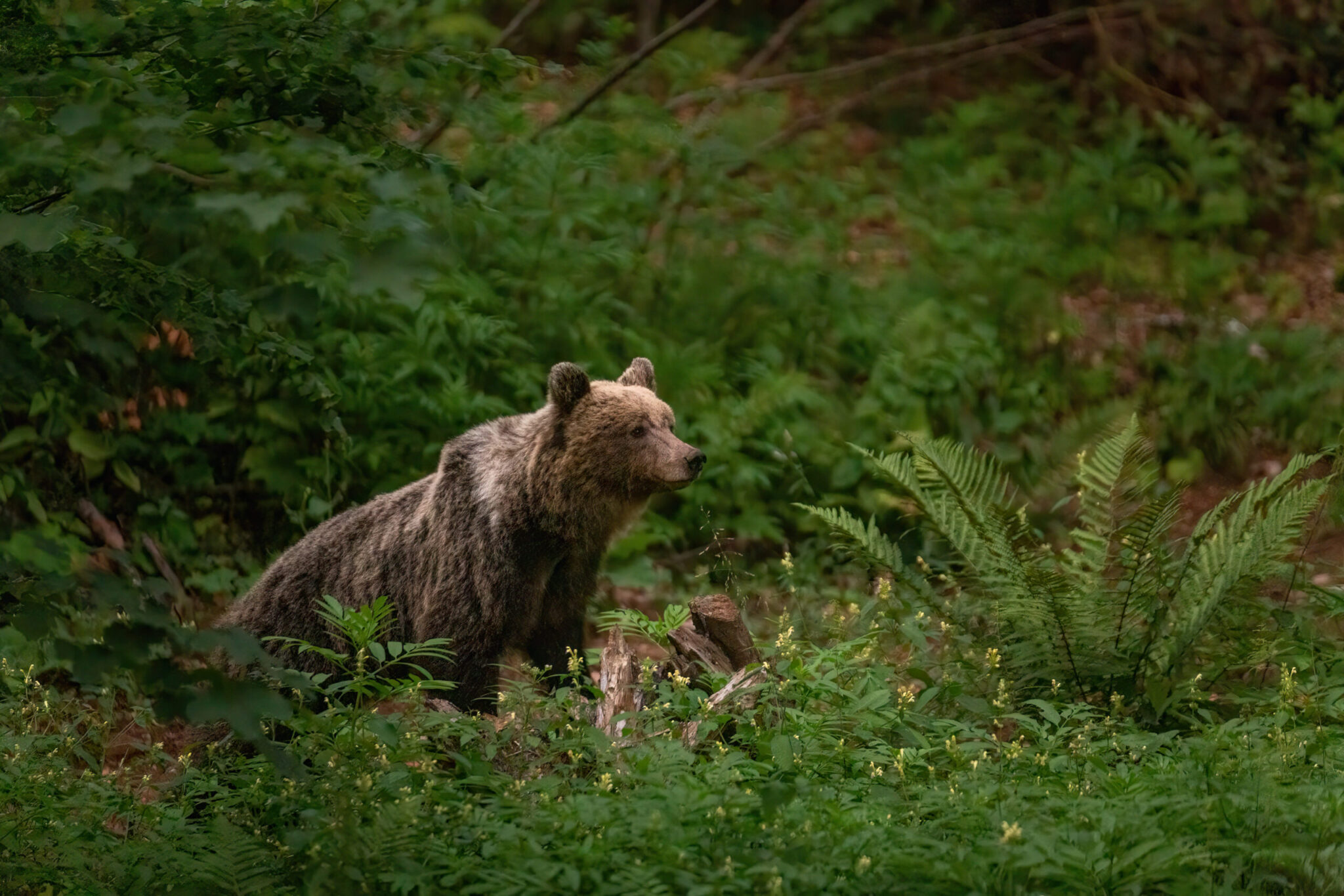
Developing a wildlife corridor
Rewilding offers a fresh approach to wildlife management. Through the establishment of a wildlife corridor, we want to enable the free movement of wild animals from the Northern Velebit National Park, through our rewilding area in the heart of the Velebit mountains, all the way to the Paklenica National Park in the south.
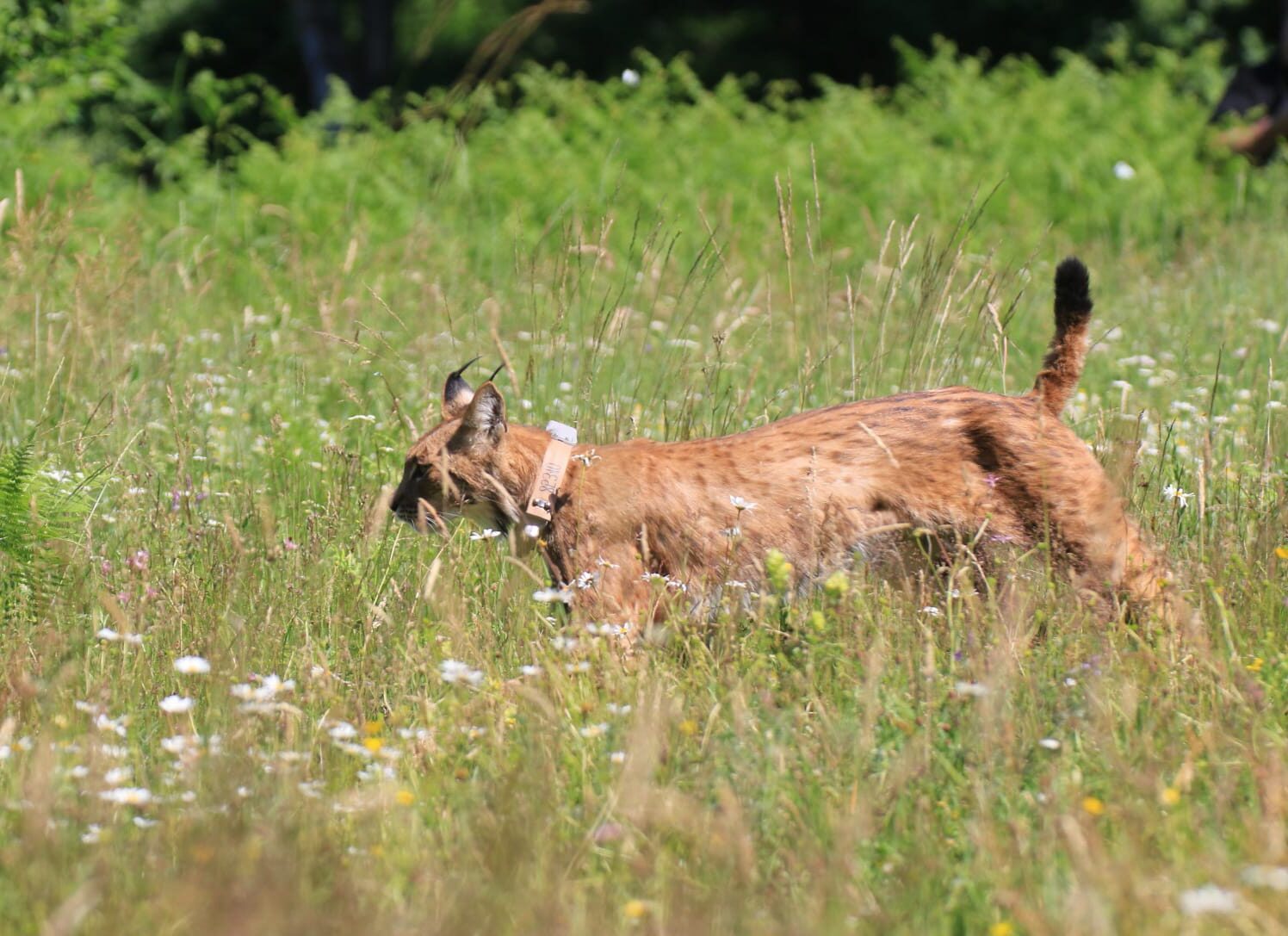
Restoration of trophic chains
Croatia is one of the few European countries inhabited by three large carnivores: brown bear, Eurasian lynx and grey wolf.
The impact of these carnivores on prey species also affects other species, with even the influence on vegetation being significant. So, by focusing on human-wildlife coexistence, alongside the conservation of key species and their habitats, we are working on the restoration of trophic chains and natural processes.
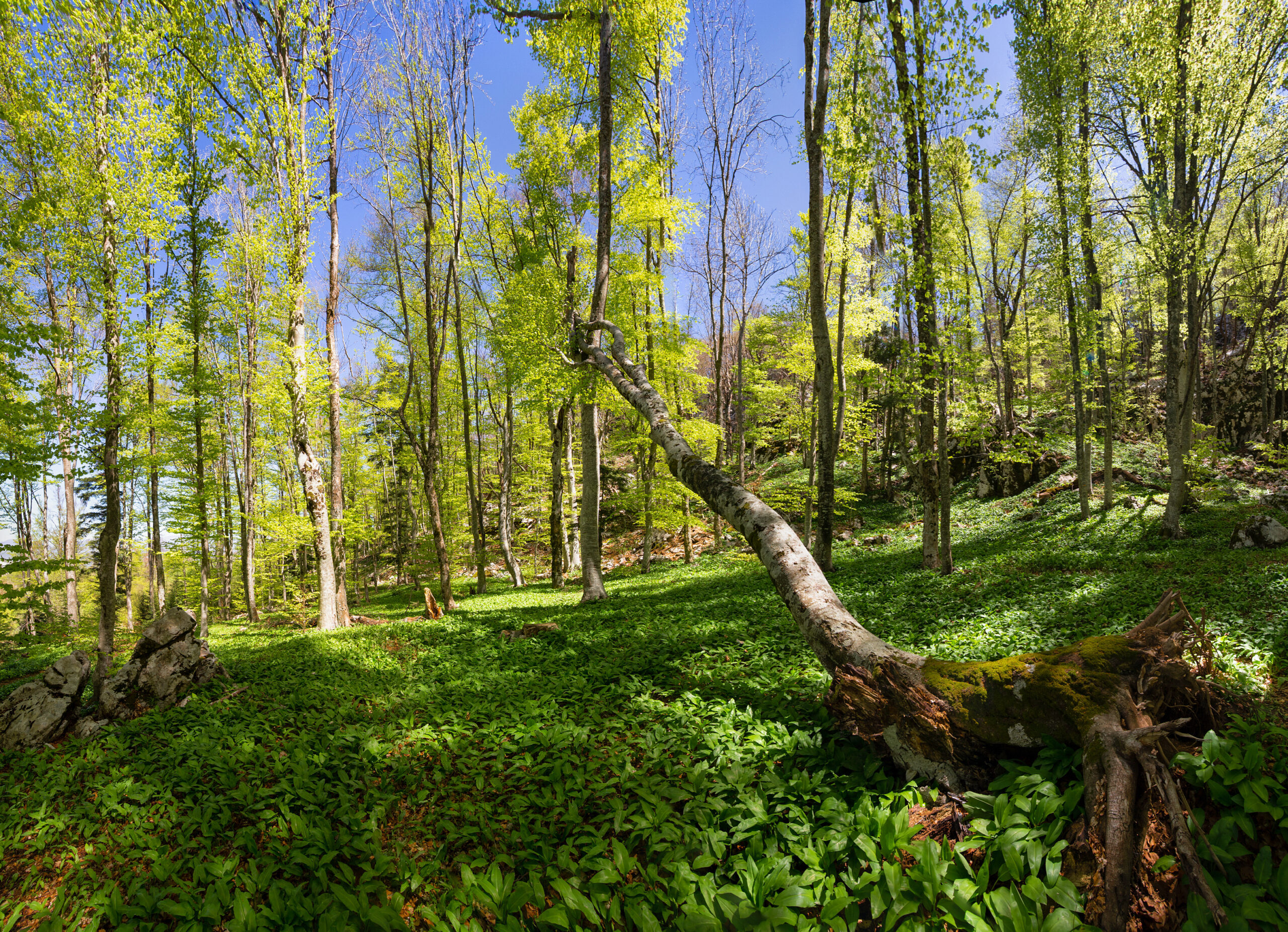
Rewilding forests
In collaboration with the University of Zagreb Faculty of Forestry, Rewilding Velebit team worked to establish formal recognition of Ramino Korito, located in the southern part of the Velebit Mountains, an old-growth beech forest. Ramino Korito is an important ecological hotspot in the growing network of protected forests in the Rewilding Velebit landscape, and its designation highlights its rarity and biological value. This, in turn, is expected to positively impact the number of visitors and thereby boost the landscape’s nature-based economy.
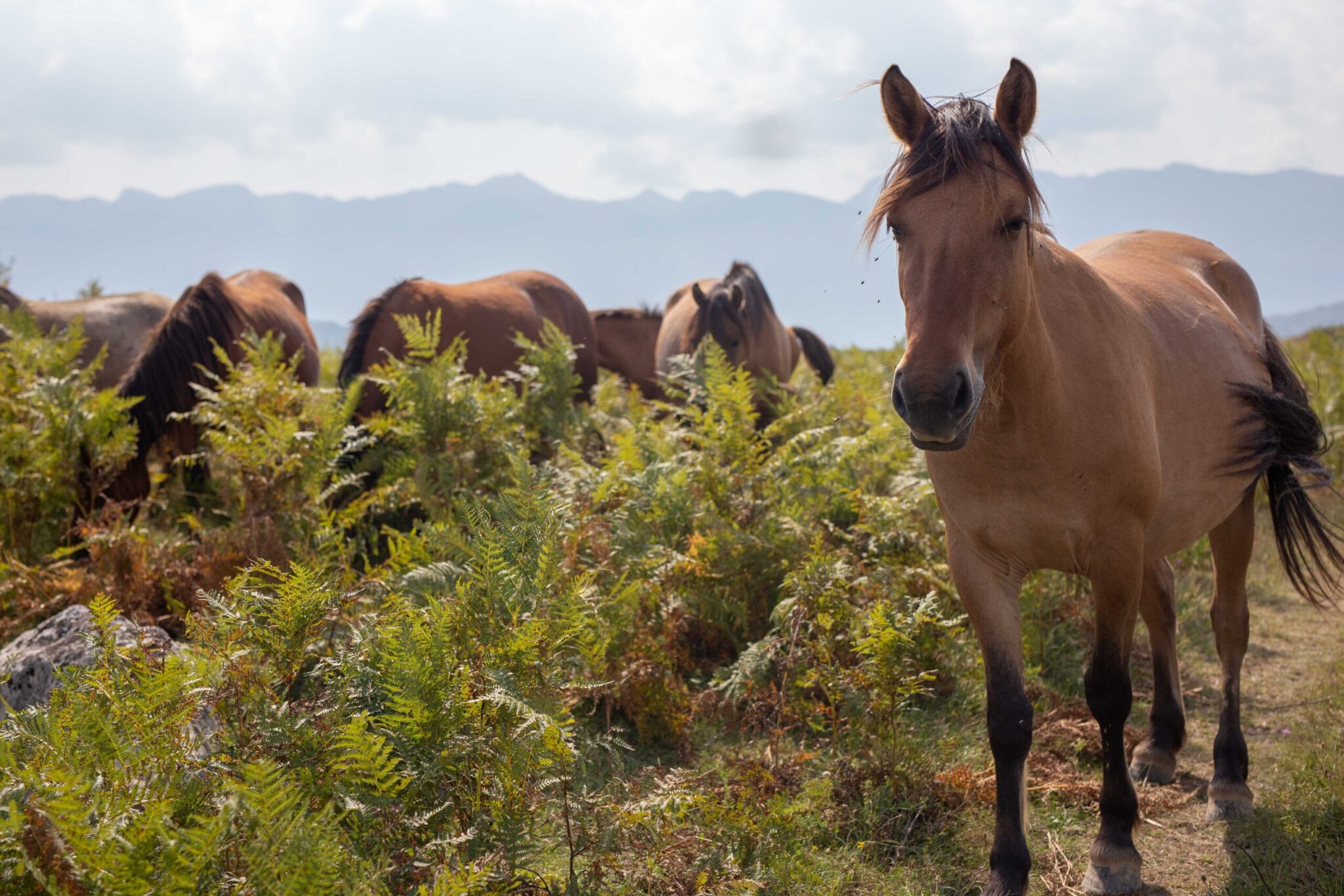
Natural grazing
Natural grazing is an important ecological process. Large herbivores help maintain natural meadows, support germination of herbs and trees, and can even open gaps in forests through debarking or uprooting trees. A large part of Europe’s biodiversity is based around mosaic landscapes featuring open grasslands, and their transition to forest edges, open woodlands and groves, all of which rely on herbivorous grazing for their existence. However, as large natural areas become abandoned, they lose their large grazing animals and can become overgrown with shrubs and woody growth, such that their biodiversity begins declining.
In partnership with local landowners, we are bringing large herbivores like bovines (Tauros breed) and wild horses in significant and naturally balanced numbers to the lands where they once belonged.